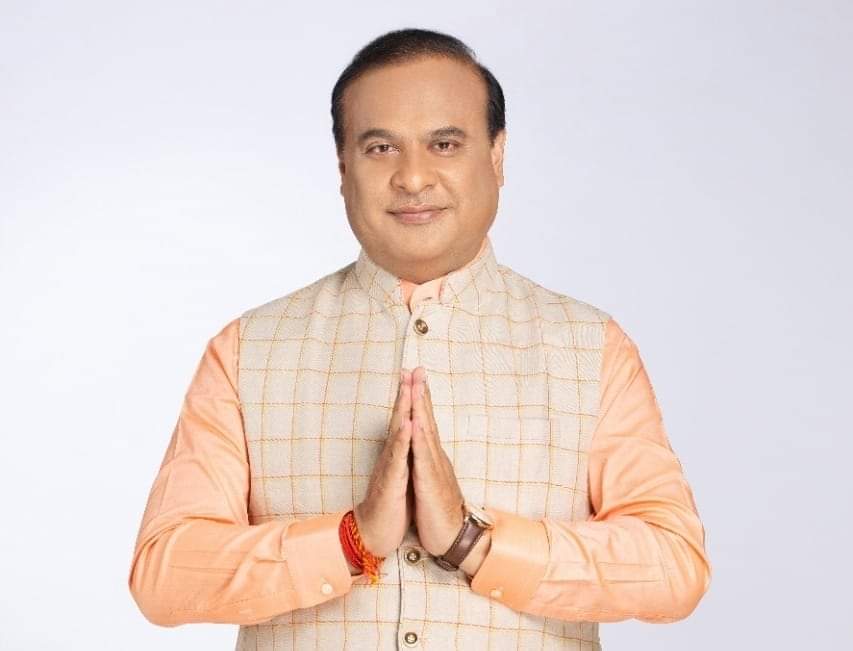The language that is the basis of Indian politics is evolving both in and out of both the legislative and Parliamentary houses. The change is visible during the election season as well as in debates in the parliamentary chambers. In addition to the decline in etiquette the intellectual quality of the political narrative has plummeted dramatically. It has occurred all over the world, so it's not fair to go in a single direction. In fact, it could be instructive to examine what is behind this shift in culture.
It is not fair to blame the new generation of politicians isn't correct. First of all the modern politicians aren't any less competent than the politicians of previous generations. Additionally, they do not work in isolation. Politicians are part of the society within which they work. Their task is to interact with their constituents and other stakeholders. It is therefore normal for them to use an language that is understood by the public. What has changed is how we ourselves, the public, listen to political messages and interact with the leaders.
The change began with the rise of 24x7 news channels on television. Stories that had previously been kept in small-scale newspapers or never even get to print, were delivered to the most remote areas of the country through visual images.

The slow revolution took on tectonic dimensions due to the rise the social networks. Not only did it open up information dissemination, but also created a level playing field that transcended geographical boundaries. Languagewas also no longer an obstacle.
As online social networking, dominance of the middle-class was in question. A teenager who was from Ladakh or Lakshadweep could leap onto the centre on the stage and captivate the attention of the nation. The reliance on the mainstream media to build images was drastically reduced.
Let's consider, as an instance, the recent controversy over a statement concerning Rahul Gandhi that was made by Assam Chief Minister Himanta Biswa Sarma during an event for the elections held in Uttarakhand the week before. Sarma slammed Rahul Gandhi for requesting evidence of the September 2016 surgical strike, the chief minister said that the BJP has never demanded evidence of his Congress chief being "son of former Prime Minister Rajiv Gandhi".
Without analysing the merits or legitimacy of his statement It is crucial to know what motivated him to take this bold position.
Himanta Biswa Saarma is a new breed of political leaders who are not afraid to speak out regarding their origins and don't feel devalued as a result of not belonging to the mainline. They're confident in their individuality and their accent. Therefore, Himanta speaks at rallies for election across Uttarakhand in Uttarakhand and Telangana in his native Axomia-Hindi language without any language inhibition. More impressive is his ability to be seen with the other BJP leaders when he is a part of a group of local BJP leaders. The biography that was recently published about Himanta Biswa Sarma written by Ajit Datta (Rupa Publications) provides a clear explanation of this phenomenon.
The tale that follows Himanta's fight against Rahul Gandhi is a part of the political folklore that is now mostly because of the internet and social media. Before, it might not be mentioned even as a footnote in Congress party's past. However, now when he launches a shot towards Rahul Gandhi, the impact reverberates over into the Congress group's circle of influence. When he took the opportunity to criticize Rahul Gandhi over the need to prove of the'surgical strike' it shook the sensibilities of the shrewd bunch. But, Himanta scored a major victory at home.
For those who live in Assam the CM emphasized his humble background contrasted to Rahul Gandhi's rich background. In a more edgy way and putting the late Chief of the Defence Staff General Bipin Rawat who is a local hero in a greater position than the Gandhis who frequently refer to their heritage as a reason to be entitled.
This was made worse by Rahul Gandhi's racist tweet suggesting that Bengal is the Eastern frontier of India. The tweet echoed all over the Northeast and led to an outrage that was born of pride in the region that was hurt. So, as however crude it appeared in the initial instance the ripples that reverberated from Himanta's remarks were a lot larger. The public's perceptions change gradually but surely.
Himanta is the latest youngster in the lodge. If we flip the clock backwards, Narendra Modi too made his mark by using a communication design and style which was an important change from the previous. A lot of people did not like his staged manner of presenting his election. But, the public enjoyed it. Even today, his supporters are looking forward to his appearances in Parliament and his critics complain about his lack of gravitas. If you look deeper, it could be that Himanta is taking a page out of Modi's work, altered to fit his own personality. Lalu Prasad was the pioneer of the rustic style of telling stories. Mamata Banerjee also stuck to an earthy tone when she spoke. But their primary constituents were local. What we're witnessing now is the mainstreaming of regional political leaders, with the lingua franca not being English or soft Hindi. The language doesn't matter for as long as "Dil Hindi Hai Hindustani".



0 Comments